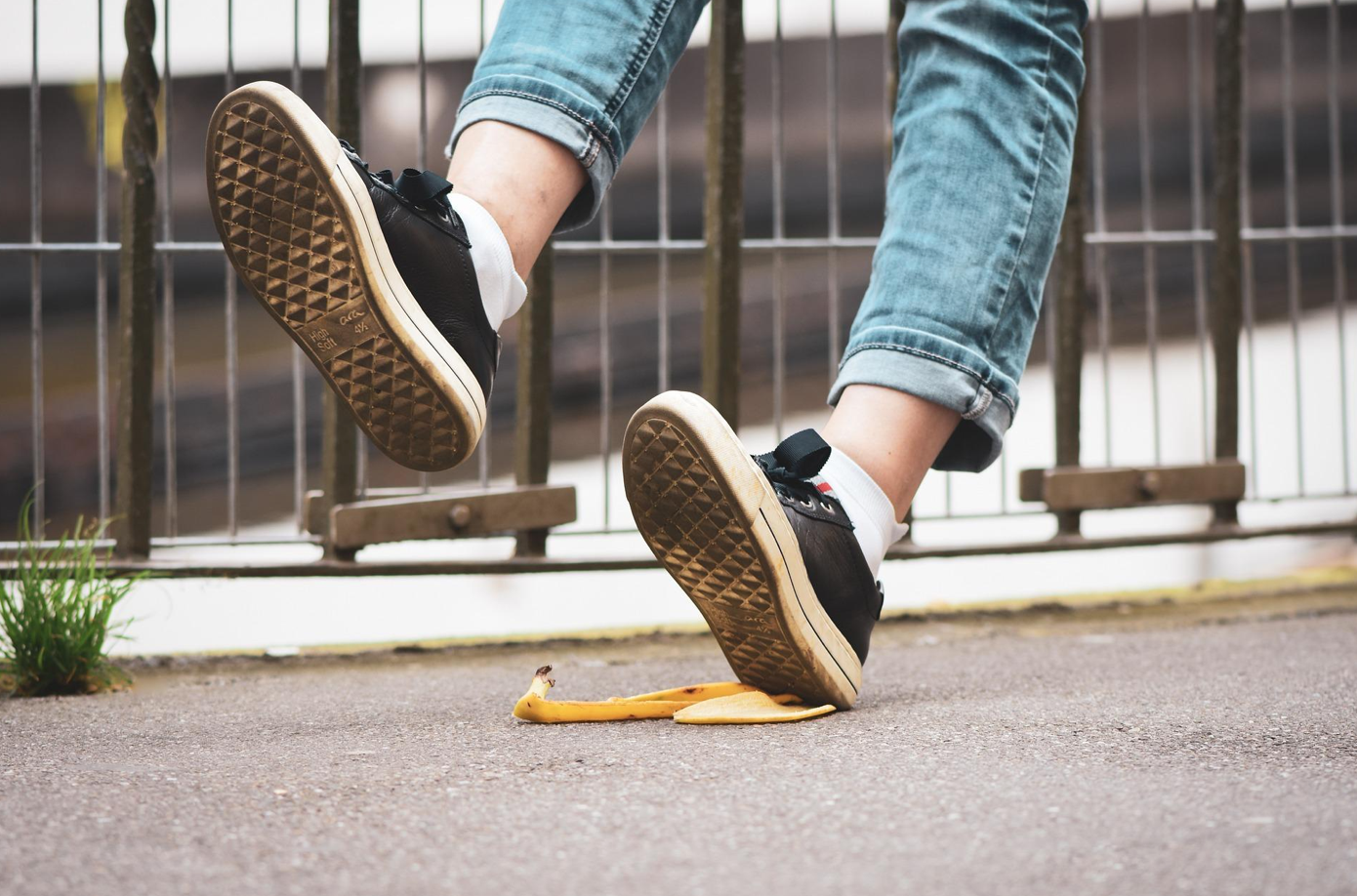Negotiating settlements in slip and fall cases requires patience, preparation, and strategy.
In the realm of personal injury law, while slip and fall cases are prevalent, they are inherently complex. They demand a nuanced approach to negotiations. The emotional, physical, and financial impacts of such incidents on victims can be profound. Given the intricate layers involved—from establishing liability to quantifying damages—it’s crucial for those involved to grasp the elements that drive successful negotiations in these cases.
Whether you’re recovering from an injury or merely seeking to comprehend the intricate details, this guide delves deep into the strategies and factors that shape the outcomes of slip and fall settlements.
Understanding The Basics Of Slip And Fall Cases
Slip and fall cases are a type of premises liability lawsuit. Typically, premises liability refers to a legal concept that holds property owners responsible for injuries that occur on their property due to dangerous conditions. For a favorable verdict in a slip and fall case, one needs to demonstrate the property owner’s negligence. This means that you must establish that the property owner:
- Had a duty of care to keep the property safe for visitors;
- Breached that duty of care by creating or failing to fix a dangerous condition;
- Knew or should have known about the dangerous condition;
- Caused your injuries as a result of the dangerous condition.
Therefore, when the duty of care to keep the property safe is breached, leading to an accident, the injured party can file a claim. In this case, seeking advice from an experienced personal injury attorney can be instrumental as they can provide guidance tailored to the specifics of the case.
Tips And Strategies In Negotiating Slip And Fall Settlements
Armed with an understanding of slip and fall cases, let’s delve into key strategies to secure a favorable settlement. These include:
- Gather Evidence
Collecting compelling evidence is paramount for a successful settlement negotiation. The strength of a slip and fall case often hinges on the quality and amount of evidence presented. This includes photographs of the accident scene, medical reports detailing injuries, and any surveillance footage, if available.
Additionally, corroborative statements from witnesses can help strengthen the case. Hence, it’s essential to gather these statements promptly as memories may fade with time, which could affect your evidence’s admissibility and sufficiency to substantiate your claim. However, if you need help with the collection process, you may work with a slip and fall lawyer who has adequate resources to assist you with procuring the evidence.
- Assess Potential Losses
When negotiating settlements in slip and fall cases, assessing potential losses beforehand can be crucial in getting fair compensation for your injuries. Some losses you should consider include:

- Immediate Medical Costs: These are the straightforward costs associated with treatment right after the accident. They can include emergency room visits, hospitalization fees, and the cost of any surgeries or procedures.
- Ongoing and Future Costs: Some injuries require prolonged treatment or physical therapy. It’s crucial to factor in future medical bills and potential long-term health implications when negotiating a settlement to maximize your financial recovery.
- Pain and Suffering: This category is more subjective but equally crucial. It represents the emotional and psychological impact of the injury. Factors you should consider in determining pain and suffering include the severity of the injury, the recovery time, and any permanent disabilities or scarring.
- Lost Wages: If the injury prevents the victim from working, temporarily or permanently, the lost income should be part of the settlement. Documentation, like a letter from the employer or past pay stubs, can help ascertain this amount.
By understanding these potential losses, you can optimize your negotiation strategies to obtain the compensation you need.
- Know Some Negotiation Strategies
If you’ve been injured in a slip and fall accident, equipping yourself with some effective negotiation strategies can significantly influence whether the outcome is successful or not. These strategies include:
- Start Higher: When negotiating a settlement, it’s a common strategy to ask for more than what you expect to receive. This can give room for negotiation and often results in a higher settlement amount.
- Be Prepared to Justify the Amount: Always be ready to present evidence and rationale behind the settlement figure. This shows the opposing party that the claim is well-thought-out and backed by concrete evidence.
- Consider Mediation: Sometimes, negotiations reach an impasse. In such cases, a neutral third-party mediator can help both sides reach a compromise.
- Stay Patient: Negotiations can be lengthy. It’s essential not to rush and accept a lowball offer out of impatience. Taking the time to negotiate thoroughly can lead to a more favorable settlement.
By following these strategies, you can improve your chances of ensuring a well-negotiated settlement.
- Understand Insurance Company Tactics
It’s worth noting that insurance companies inherently aim to pay out as little as possible. They might use various tactics to diminish your settlement or deny your claim. Hence, if you want to maximize your negotiation strategies, understanding the following insurance company tactics is paramount:
- Disputing Liability: They may argue that their client wasn’t at fault or that the victim’s negligence contributed to the accident.
- Downplaying Injuries: Insurers might claim that the injuries aren’t as severe as presented or that they were pre-existing.
- Delaying the Process: A common tactic is to drag out the negotiation process, hoping the victim will become impatient and settle for less.
Being aware of these tactics with the assistance of a legal professional can help in countering them effectively during negotiations.
Conclusion
Negotiating settlements in slip and fall cases requires patience, preparation, and strategy. By keeping the information mentioned above in mind, you can make a significant difference in the outcome. Remember, whether you choose to settle or proceed to trial, the primary goal is to ensure fair compensation for the damages sustained.


Join the conversation!